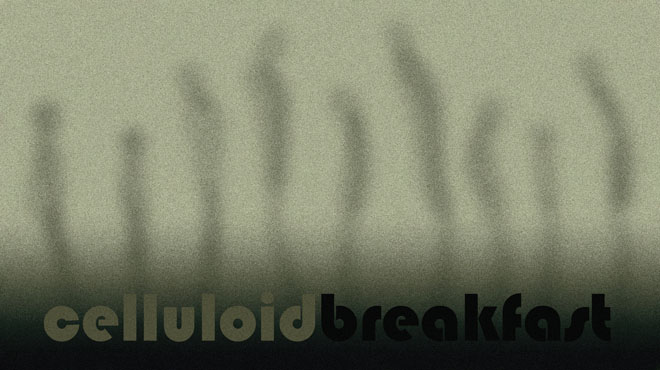Though ostensibly not an uplifting film in any capacity, A Day At The Beach does have its virtues. Bernie is a three-dimensional character, his aggression and world-weariness clearly derived from a sense of loss (it is implied more than once that ‘Uncle’ Bernie is in fact Winnie’s biological father). Despite Bernie’s lack of avuncular charm and complete irresponsibility, Winnie appears to have a soft spot for him throughout, even jumping to his defence when he is beaten up by a creditor, and there are brief glimpses of heartwarming humanity amidst the doom and gloom of the day’s events. Occasionally the film loses its raison d’être, and one wonders what Polański’s direction might have done, but overall it’s an intriguingly sinister slice of life. Look out for Peter Sellers as a camp-as-hell stall owner.





.jpg)














